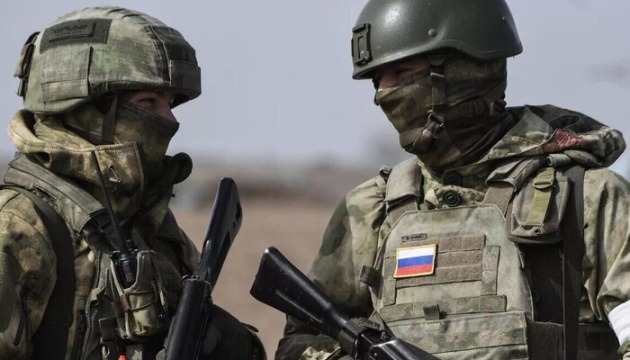### Understanding the Current Conflict Dynamics
As the situation on the battlefield continues to evolve, it becomes crucial to analyze the tactics and strategies employed by both sides in the ongoing conflict. Recently, reports indicate that enemy forces are actively bolstering their positions, particularly on the Lyubetsk and Vovchansk fronts. Oleh Syniehubov, the head of the Kharkiv Regional Military Administration, has shared insights via Telegram, shedding light on these developments.
### Growing Tensions in Vovchansk
In Vovchansk, street battles are a grim reality. Russian forces have been attempting to penetrate deeper into Ukrainian territory but so far, their advances have been met with significant resistance. Syniehubov emphasizes that, despite the enemy’s efforts to sustain their offensive, they have not achieved their objectives. Street-level combat reflects the brutal nature of urban warfare, reminiscent of historical conflicts where cities became battlegrounds—think of Stalingrad in World War II or Grozny in the Chechen War.
To adapt to these intense conditions, local defense forces rely on community support and knowledge of the urban landscape. For example, residents often create makeshift alerts to inform each other of incoming threats or possible evacuations. Such grassroots strategies are essential in minimizing casualties.
### The Cycle of Reinforcement
Analyzing the Kupyansk direction, we see a concerning pattern of continuous enemy reinforcements. Syniehubov indicates that these allocations are aimed at maintaining their combat capabilities. This approach not only demonstrates the enemy’s resolve but also highlights their ability to regroup and strike back after setbacks.
Statistics from recent military assessments suggest that the persistence of enemy reinforcements can lead to a 40% increase in local confrontation intensity, underscoring the importance of maintaining vigilant defense strategies. Historical data reveals that sustained aerial and ground assaults tend to stretch combat resources thin, often leading to eventual strategic overreach.
### Monitoring the Bohodukhiv Front
Vigilance is key, particularly on the Bohodukhiv front, where the situation remains fluid. The region has seen evacuations from several settlements, a clear indication of the rising threat level. Syniehubov has made it clear that proactive measures are being taken to bolster defenses in this area.
This aligns with intelligence analysis that suggests swift response and evacuation plans can significantly reduce civilian casualties by up to 60% during escalated conflicts, as seen in recent simulations of crisis scenarios. It’s a reminder of the importance of preparedness and community resilience in wartime.
### Escalation of Attacks in Northern Kharkiv
Reports indicate that since mid-May, there has been a marked increase in hostile activities in the northern Kharkiv region. The towns of Vovchansk and others within the Chuhuiv district are facing relentless artillery shelling, air strikes, and drone attacks. Such tactics are not just random acts of aggression—they are strategic moves intended to wear down morale and infrastructure.
Drawing from historical precedents, one can observe similar strategies employed in past conflicts where logistical destruction aimed to cripple opposition capabilities. Data-driven analysis shows that sustained attacks on infrastructure can delay recovery efforts by months, creating long-term ramifications for affected communities.
### Conclusion: Resilience in Adversity
The ongoing conflict in Ukraine is a stark reminder of the complexities and tragedies of war. As military strategies unfold in real-time, the resilience of local populations and the adaptability of military forces are vital in countering aggression and safeguarding communities.
By sharing insights and real-life examples from the front lines, we not only raise awareness of the current situation but also foster a deeper understanding of the human experiences intertwined with these military operations. Let’s continue to follow these developments closely, stay informed, and extend our support wherever possible.






